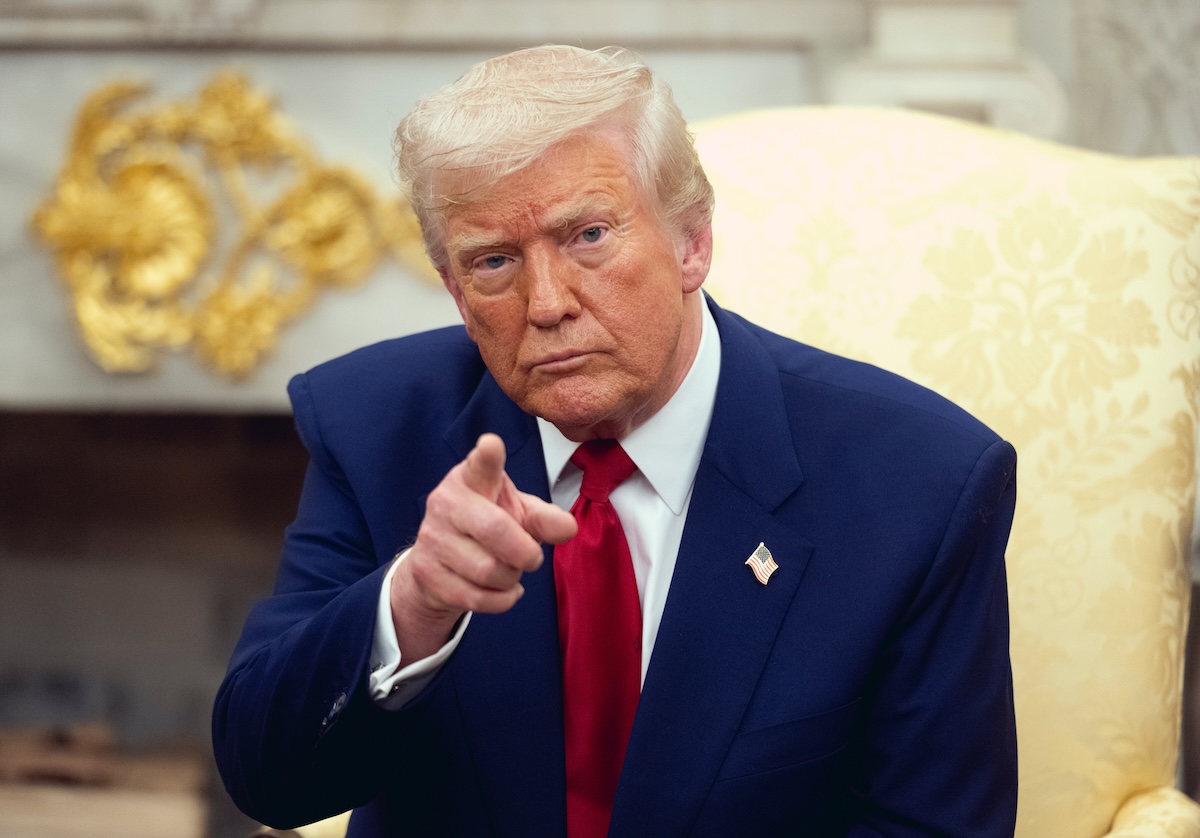
President Trump claimed victory on July 30 after second-quarter GDP growth beat expectations, but beneath the headline numbers, the economy is flashing warning signs that could undermine his economic record.
U.S. labor market data raised eyebrows earlier this month when the Bureau of Labor Statistics reported just 73,000 new jobs in July. Even more troubling, job growth for the previous two months was revised down by a staggering 258,000.
The revision prompted Trump to immediately fire BLS Commissioner Erika McEntarfer, citing her “lengthy history of inaccuracies, incompetence,” according to the American Enterprise Institute.
Yet, separate layoff data paint an equally grim picture of the labor market. According to macro research outlet Global Markets Investor, U.S. employers have announced more than 806,000 job cuts so far this year - the second-highest total since the Global Financial Crisis.
🚨US layoffs are running at RECESSION levels:
undefined Global Markets Investor (@GlobalMktObserv) August 7, 2025
There have been 806,383 job cut announcements year-to-date, the 2nd-highest total since the FINANCIAL CRISIS!
July saw 62,075 job cuts, nearly TRIPLE the 23,584 average in the 2021-2024 period.👇https://t.co/hwEZwXkV6W
Layoffs accelerated in July, with 62,075 cuts that month alone - triple the average monthly pace from 2021 to 2024.
“U.S. layoffs are running at recession levels,” the publication noted.
While layoffs by themselves aren’t a definitive recession signal, they align with another labor market indicator that has predicted every U.S. recession since 1980 with remarkable accuracy.
As Investors Observer reported, Conference Board survey data show that over 30% of Americans now expect fewer jobs in the next six months. Historically, crossing this threshold has preceded every major recession in the past four decades.
“Every major U.S. recession since 1980 was preceded by this signal,” warned Bravos Research, which first flagged the trend.
Every major US recession since 1980 was preceded by this signal
undefined Bravos Research (@bravosresearch) July 4, 2025
And it has just triggered once again
Buckle up.
A thread 🧵 pic.twitter.com/frCge5peII
Debate over U.S. recession risk intensifies
While the U.S. economy is still well short of meeting the classic recession definition — two consecutive quarters of negative GDP — President Trump’s second term has opened with a series of erratic policy moves that have weighed on growth.
The economy contracted in the first quarter as several industries were disrupted by the pace, scope, and timing of anticipated tariffs.
A strong second-quarter GDP print offered some relief, and the Atlanta Fed’s GDPNow model projects that momentum could continue into the third quarter.
Yet beneath the headline GDP figures, economists at UBS and JPMorgan warn that labor market weakness could seriously drag on growth.
UBS says the economy is approaching “stall speed,” citing softening labor conditions.
JPMorgan, meanwhile, points to falling labor demand and the possible early effects of artificial intelligence on unemployment - factors it says could already be acting as recession precursors.
“We have consistently emphasized that a slide in labor demand of this magnitude is a recession warning signal,” JPMorgan’s analysts wrote.
Your email address will not be published. Required fields are markedmarked